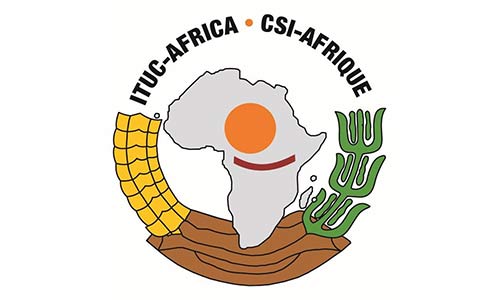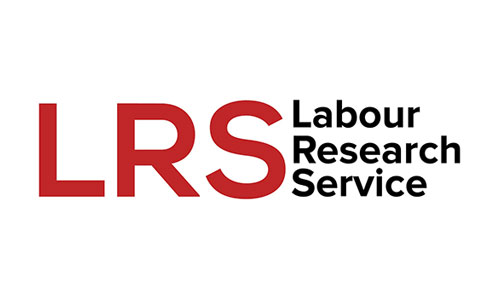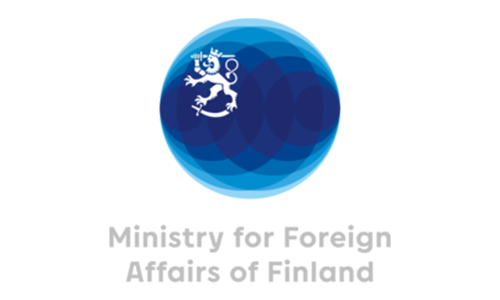The Africa Continental Free Trade Area (AfCFTA) can potentially create a sustainable framework for developmental regionalism. If the AfCFTA agreement can facilitate growth and industrialisation throughout Africa, it might reshape the continent’s global trade dynamics.
Linking the four pillars of the ILO Decent Work Agenda to the AfCFTA involves promoting jobs and enterprise, guaranteeing rights to work, extending social protection, and promoting social dialogue, with gender equality as a critical cross-cutting theme.
Formal trade and the informal economy in Africa
The informal sector in Africa has a considerable workforce, with women, youth, and the elderly being the majority. Acknowledging their substantial impact on economies, integrating informal workers into economic discussions becomes imperative.
Approaches to the informal economy
“a rights-based approach emphasises the inclusion, protection, and empowerment of people who depend on the informal economy.
a business-based approach emphasizes the importance of deregulation, free enterprise, and an enabling environment.”
Have our efforts to formalise the informal worked?
Are we properly integrating the informal sector within its appropriate social, economic, and political context, or are we imposing external frameworks? This question prompts us to re-evaluate our approach and explore alternative strategies for addressing the complexities of the informal economy.
How will the AfCFTA be different for women in trade?
The question prompts us to consider the implications of international trade on women in Africa thus far. Women in member states of the AfCFTA will likely experience patterns of inclusion and exclusion in the regional economic communities (RECs) that those states belong to. Given that the AfCFTA encompasses these member states and RECs, it stands to reason that these patterns would likely persist. Women face more discrimination or gender-specific barriers compared to other groups, and their participation in trade might decline as the focus shifts to export trade. Export trade demands higher levels of information, opportunity, resources, and capacities, which could pose additional challenges for women.
Women and Youth in Trade Protocol
Are the needs of women and youth the same?
Cross-border trade poses unique challenges for women and youth, as highlighted by TRALAC, and requires tailored solutions. This raises the question: are the needs and obstacles for women traders the same as those of youth? Harzenberg and Erasmus (July 2022) posit that while women traders may benefit from improved trade governance, the challenges confronting African youth, such as unemployment and inadequate education, are multifaceted and may not be directly linked to trade within the context of the AfCFTA.
The AFCFTA secretariat highlights the ambitions of the women and youth in trade protocol:
“The Protocol is expected to address the specific challenges women face when trading across borders. The AfCFTA will help women access more markets, improve their competitiveness, and participate in regional value chains under the AfCFTA.”
What does the AfCFTA say about women and youth?
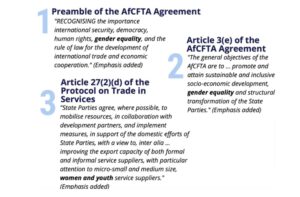
An opportunity to harmonise efforts to support women in trade
Women and youth in trade protocol make it ‘possible to align national measures and policies in the State Parties and to pull in the same direction. A continent-wide and comprehensive undertaking will make it possible to prioritise the implementation of obligations to assist women traders in a focused manner. The Regional Economic Communities (RECs), which will continue to function once the AfCFTA is operational, will then become part of such an endeavour. This is very necessary; the bulk of intra-African trade in goods will continue to happen in the REC FTAs. They are the building blocks of the AfCFTA [Harzenberg & Erasmus, TRALAC, July 2022].
What is in a Protocol on Women in Trade?
An effective protocol should tackle the systemic challenges faced by women in trade. It should offer solutions for enhancing border governance and trade facilitation. Bespoke continental and national institutions are vital for implementing obligations, fixing issues, and ensuring compliance [Harzenberg & Erasmus, TRALAC, July 2022].
How does the AfCFTA secretariat think about inclusion?
The initial focus of the AfCFTA is Small and Medium Enterprises (SMEs), but current rules favour larger, well-resourced companies for cross-border trade. The AfCFTA aims to aid African SMEs in expanding into successful multinational corporations through intra-African trade. This requires an enabling environment with supportive regulations, processes and costs.
“The success of the AfCFTA will require conscious reflection, adjustments to reforms and the negotiation of additional protocols to ensure that the rules, processes and costs incorporate bands and thresholds that SMEs can satisfy and utilize. The ultimate goal is for many SMEs to grow into thriving African multinational companies through intra-African trade.” ~ The Futures Report: Making the AfCFTA Work, p86, AfCFTA Secretariat.
We can categorise women into two groups: those directly involved in trade as owners of SMMEs or larger enterprises and those indirectly involved through employment or unemployment. Mainstreaming gender issues in the AfCFTA can promote gender equality and eliminate discrimination. The Protocol on Women in Trade and Youth should enhance access to education, market opportunities, digital skills, finance, and healthcare services for women.
Supporting women and youth in trade
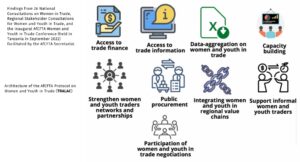
What does a women’s protocol look like?
Most provisions put forward [United Nations Economic Commission for Africa] for women in trade are indistinguishable from provisions that might benefit from any sub-group:
- Increase access to education, skills development, and training on business skills.
- Increase access to market opportunities nationally, regionally, and internationally.
- Increase access to digital skills, digital learning, and e-commerce opportunities.
- Increase access to information on tariff and non-tariff barriers and market opportunities.
- Simplify access to finance and trade finance instruments.
- Enhance access to health services, health insurance, and physical safety against conflicts and violence.
Considering the fragmentation of the informal economy, how will such provisions effectively target women? To what degree will they regulate labour market and trade participation outcomes in member states’ economies? What provisions will member states be willing to endorse in this context? These are critical questions.
Youth: Demographics and the political economy of a young population
Countries with young populations have an advantage because they have a large pool of resources. However, this opportunity can turn into a threat if those countries can’t enable their youth to participate in the economy productively. This can lead to instability in both social and political spheres.
“94.9 per cent of people aged 15 to 24 years and 96.0 per cent of people aged 65 years and older are employed in the informal sector.” ~ UNDP.
“The African youth faces many different and unique challenges, of which unemployment and inadequate education are the most serious.” ~ TRALAC.
Social dialogue and trade liberalisation
Meaningful social dialogue is crucial in ensuring the fair distribution of the benefits of trade liberalisation. As such, the member states of the AfCFTA must establish mechanisms that enable inclusive social dialogue. This would involve the active participation of workers, civil society, and communities in the implementation process of the AfCFTA. By doing so, we can ensure that the AfCFTA is inclusive and that its benefits are shared equitably among all parties involved.
“…It is important to note that regional economic communities are the building blocks of the continental market, as stated in the AfCFTA Agreement. This publication has highlighted their role in the coordination of initiatives, regional value chains, and benchmarking of successful trade facilitation initiatives, which should be leveraged.” ~ The Futures Report: Making the AfCFTA Work, p86, AfCFTA Secretariat.
The trade-offs of trade liberalisation
“Lastly, some sectors, value chains, and businesses will necessarily be negatively impacted by the changes expected from implementing the Agreement, including the emergence of firms and new business models, digitalization, increased levels of industrial production, and service-driven economic growth. For others, the AfCFTA may not bear fruit immediately. Euphoria, ambition, and expectation must be complemented by close and careful monitoring of outcomes alongside analysis and interventions by Governments, investors, businesses, and all other stakeholders.” ~ The Futures Report: Making the AfCFDTA Work, AfCFTA Secretariat.
What can trade unions advocate for about the protocol on women and youth in the AfCFTA?
- Demand mechanisms for social dialogue.
- Target the national implementation plans of member states.
- Get clear about what specific provisions are likely to alter the chances of success of women and youth actors in the informal economy.
- Articulate sector concerns.
- Take on the role of monitoring and review.
- Develop our competencies to engage.
- Building alliances for influence (networks, cooperatives, organising.)
“Two-thirds of negotiations should happen at home.” ~ Faizel Ismail, Former WTO Ambassador for South Africa
Effective advocacy work operates at multiple levels, but if we cannot influence national governments, then we have squandered our main opportunity for influence.
You might like:
- Bridging the labour gap – Can the AfCFTA empower Africa’s youth, women and informal sector workers?
- 12 recommendations to ensure decent work for women and youth in AfCFTA
- Perspectives on the AfCFTA from informal economy workers in Ghana
- Five trade union demands for the AfCFTA
Nelly Nyagah
Nelly Nyagah is the Head of Communications at Labour Research Service.


